VITICULTURE
NEUVILLE-AUX-LARRIS
Located in the heart of the Reims Mountain Natural Park, along the Champagne Touristic Route between Reims, Épernay and Hautvillers is the small village of La Neuville-aux-Larris. Surrounded by vineyards and wooded hills, the small village benefits from a limestone subsoil where the three grape varieties flourish, capable of producing a real terroir champagne.
At the crossroads of the Marne, Aisne and Seine-et-Marne areas extends the right bank of the Marne Valley. At its heart, no less than 24 villages, with more than 1,494 growers across 7,566 acres. In this area, the Meunier grape dominate, representing 69.6% of the overall area. In second position comes Pinot Noir (18.2%), closely followed by Chardonnay (12.2%). This is proof that each grape variety finds its place, along with their diversity of expression.
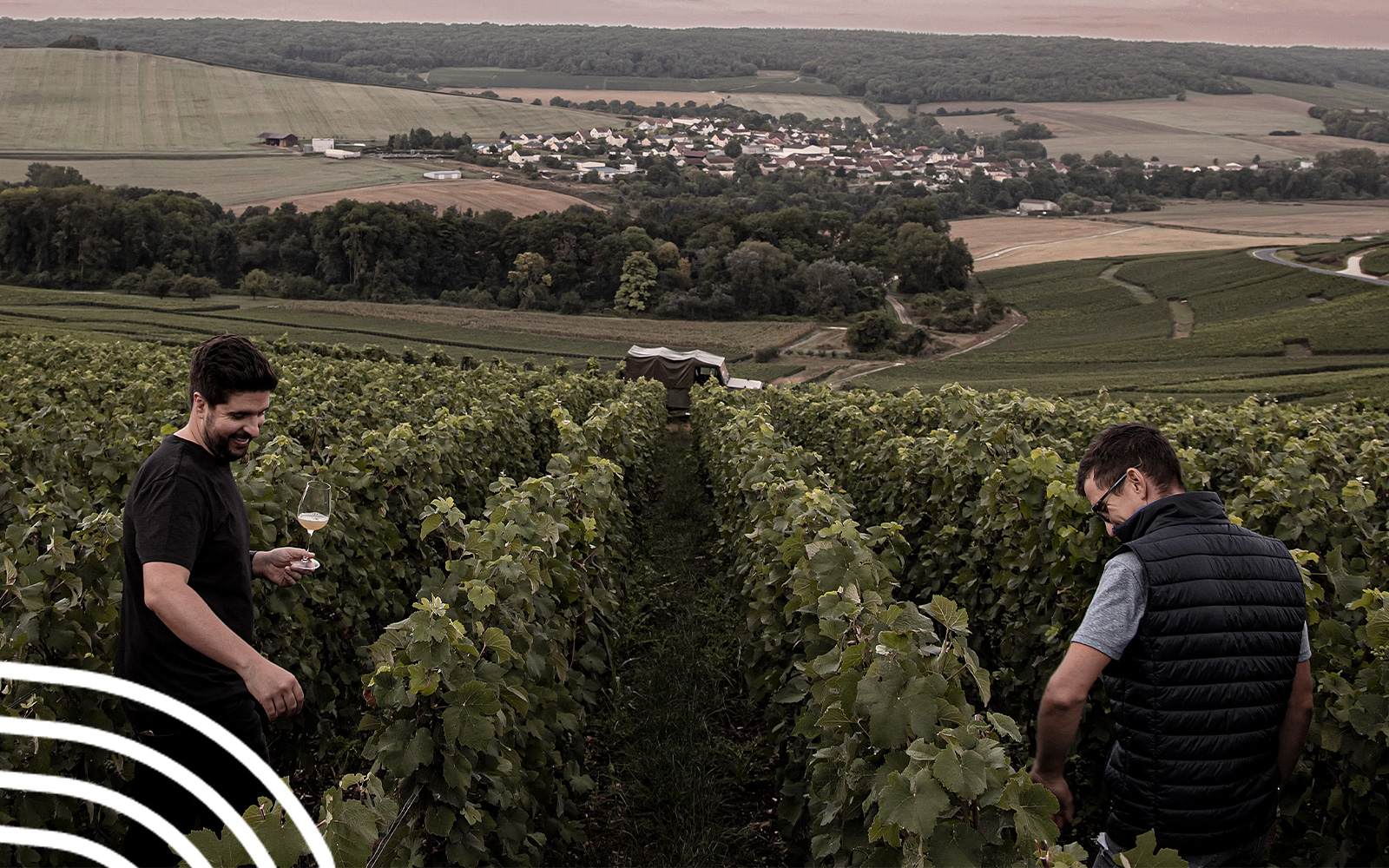
VITICULTURE
NEUVILLE-AUX-LARRIS
Located in the heart of the Reims Mountain Natural Park, along the Champagne Touristic Route between Reims, Épernay and Hautvillers is the small village of La Neuville-aux-Larris. Surrounded by vineyards and wooded hills, the small village benefits from a limestone subsoil where the three grape varieties flourish, capable of producing a real terroir champagne.

At the crossroads of the Marne, Aisne and Seine-et-Marne areas extends the right bank of the Marne Valley. At its heart, no less than 24 villages, with more than 1,494 growers across 7,566 acres.
In this area, the Meunier grape dominate, representing 69.6% of the overall area. In second position comes Pinot Noir (18.2%), closely followed by Chardonnay (12.2%). This is proof that each grape variety finds its place, along with their diversity of expression.
NEUVILLE-AUX-LARRIS

Located in the heart of the Reims Mountain Natural Park, along the Champagne Touristic Route between Reims, Épernay and Hautvillers is the small village of La Neuville-aux-Larris. Surrounded by vineyards and wooded hills, the small village benefits from a limestone subsoil where the three grape varieties flourish, capable of producing a real terroir champagne.
At the crossroads of the Marne, Aisne and Seine-et-Marne areas extends the right bank of the Marne Valley. At its heart, no less than 24 villages, with more than 1,494 growers across 7,566 acres. In this area, the Meunier grape dominate, representing 69.6% of the overall area. In second position comes Pinot Noir (18.2%), closely followed by Chardonnay (12.2%). This is proof that each grape variety finds its place, along with their diversity of expression.
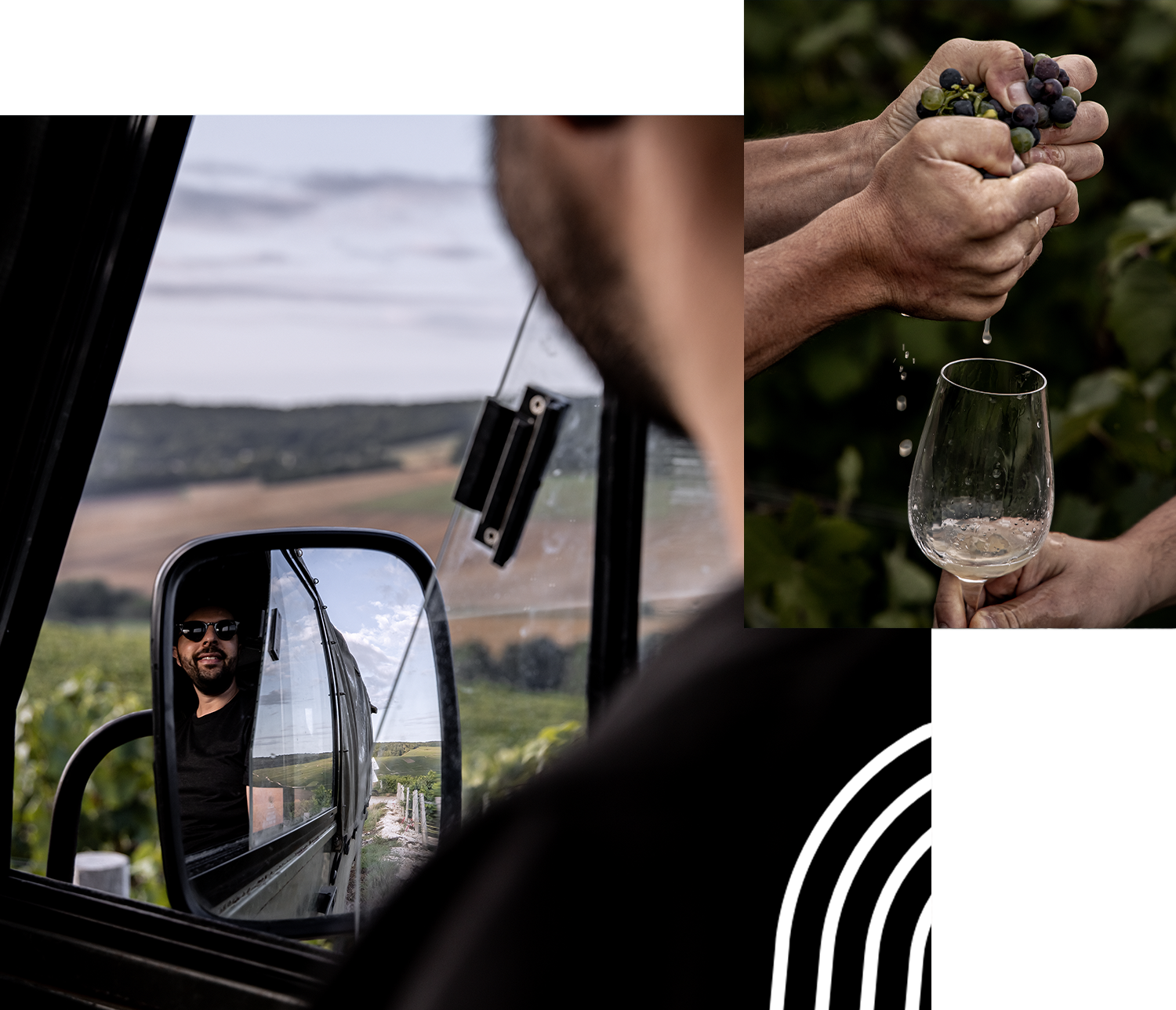
Meunier, the house favourite
The Lasseaux family has always grown the Meunier grape variety. Today it accounts for 80% of its overall vineyards (8.90 acres), the remaining 20% being distributed between Chardonnay (1.50 acres) in one hand, and Pinot Noir (1 acre) in the other. With an overall area of 11.40 acres, the Lasseaux vineyards are split between Neuville-aux-Larris (1.25 acres), Belval-sous-Châtillon (2.15 acres), Cuchery (4.65 acres), Reuil (1.75 acres), Damery (0.30 acres) and Ville-en-Tardenois (1.30 acres).
A balanced vineyard
Fruit of numerous exchanges, the family vineyard now counts 30 different parcels of vineyard. With an age varying between 30 and 40 years, the vineyards benefit from a certain diversity, bringing freshness and lightness to the wines. The Lasseaux family estimates that from 25 to 30 years old, the vines reach their peak, leaving the older vines to rest and participate in the quality and variety of the house. Plots intended to be uprooted might change grape varieties, thus adapting to future needs and depending on location as well as the best suited pruning technique.

Meunier, the house favourite
The Lasseaux family has always grown the Meunier grape variety. Today it accounts for 80% of its overall vineyards (8.90 acres), the remaining 20% being distributed between Chardonnay (1.50 acres) in one hand, and Pinot Noir (1 acre) in the other. With an overall area of 11.40 acres, the Lasseaux vineyards are split between Neuville-aux-Larris (1.25 acres), Belval-sous-Châtillon (2.15 acres), Cuchery (4.65 acres), Reuil (1.75 acres), Damery (0.30 acres) and Ville-en-Tardenois (1.30 acres).
A balanced vineyard
Fruit of numerous exchanges, the family vineyard now counts 30 different parcels of vineyard. With an age varying between 30 and 40 years, the vineyards benefit from a certain diversity, bringing freshness and lightness to the wines. The Lasseaux family estimates that from 25 to 30 years old, the vines reach their peak, leaving the older vines to rest and participate in the quality and variety of the house. Plots intended to be uprooted might change grape varieties, thus adapting to future needs and depending on location as well as the best suited pruning technique.

Meunier, the house favourite
The Lasseaux family has always grown the Meunier grape variety. Today it accounts for 80% of its overall vineyards (8.90 acres), the remaining 20% being distributed between Chardonnay (1.50 acres) in one hand, and Pinot Noir (1 acre) in the other. With an overall area of 11.40 acres, the Lasseaux vineyards are split between Neuville-aux-Larris (1.25 acres), Belval-sous-Châtillon (2.15 acres), Cuchery (4.65 acres), Reuil (1.75 acres), Damery (0.30 acres) and Ville-en-Tardenois (1.30 acres).
A balanced vineyard
Fruit of numerous exchanges, the family vineyard now counts 30 different parcels of vineyard. With an age varying between 30 and 40 years, the vineyards benefit from a certain diversity, bringing freshness and lightness to the wines. The Lasseaux family estimates that from 25 to 30 years old, the vines reach their peak, leaving the older vines to rest and participate in the quality and variety of the house. Plots intended to be uprooted might change grape varieties, thus adapting to future needs and depending on location as well as the best suited pruning technique.
Medium-sized plots
with a great diversity
The grape varieties are reflected according to the best yield logic. Therefore, most of the vineyards are planted in mid-hillside, maximising a South / South-East exposure. The vineyards also have an interesting variety of soil composition, between clay, silts, sands, and limestone. This richness brings a remarkable specificity to the wines, allowing for the faster improvement and development of clean aromas, like roundness of Chardonnay evolving on clay.
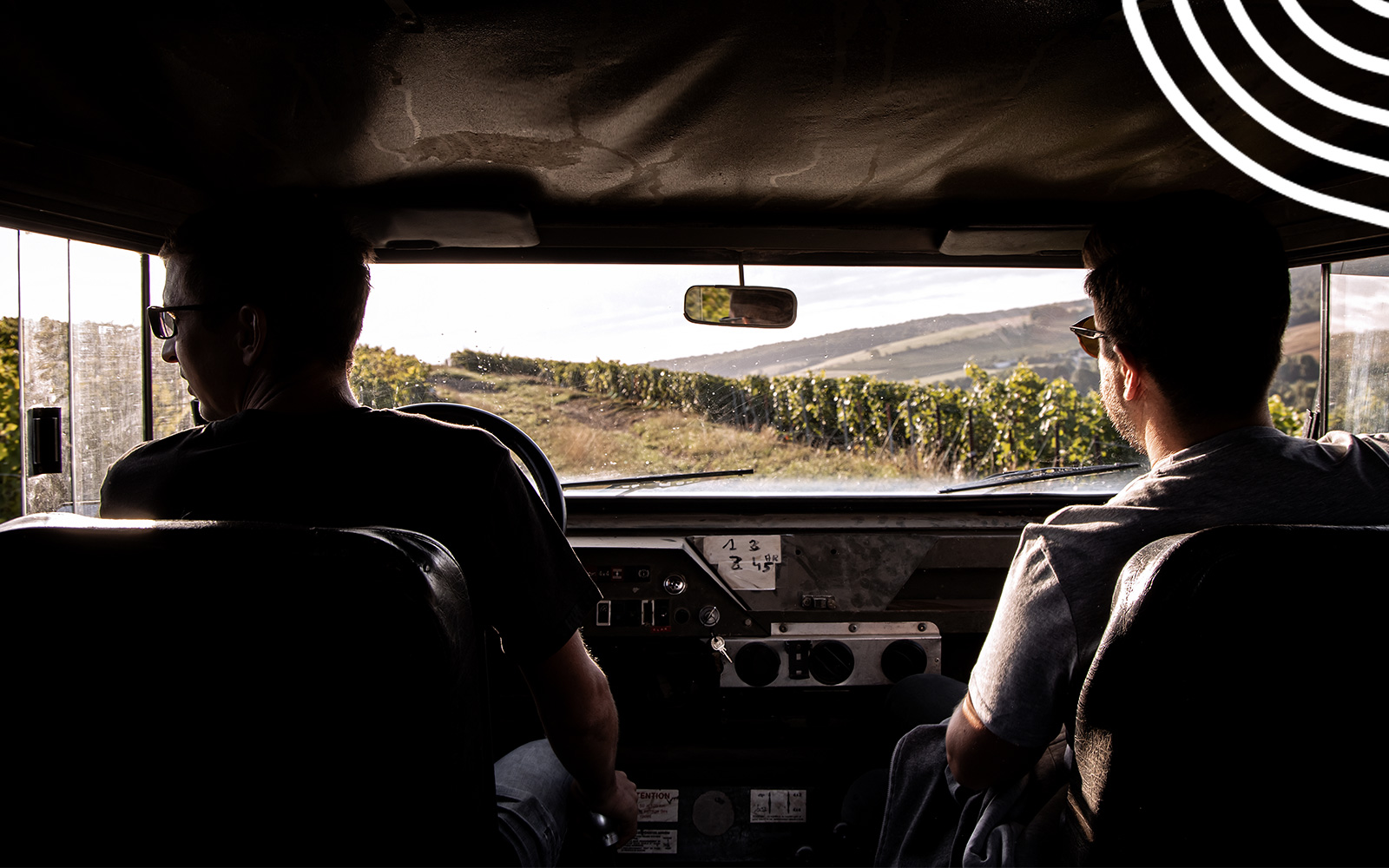
Medium-sized plots
with a great diversity

The grape varieties are reflected according to the best yield logic. Therefore, most of the vineyards are planted in mid-hillside, maximising a South / South-East exposure. The vineyards also have an interesting variety of soil composition, between clay, silts, sands, and limestone.
This richness brings a remarkable specificity to the wines, allowing for the faster improvement and development of clean aromas, like roundness of Chardonnay evolving on clay.
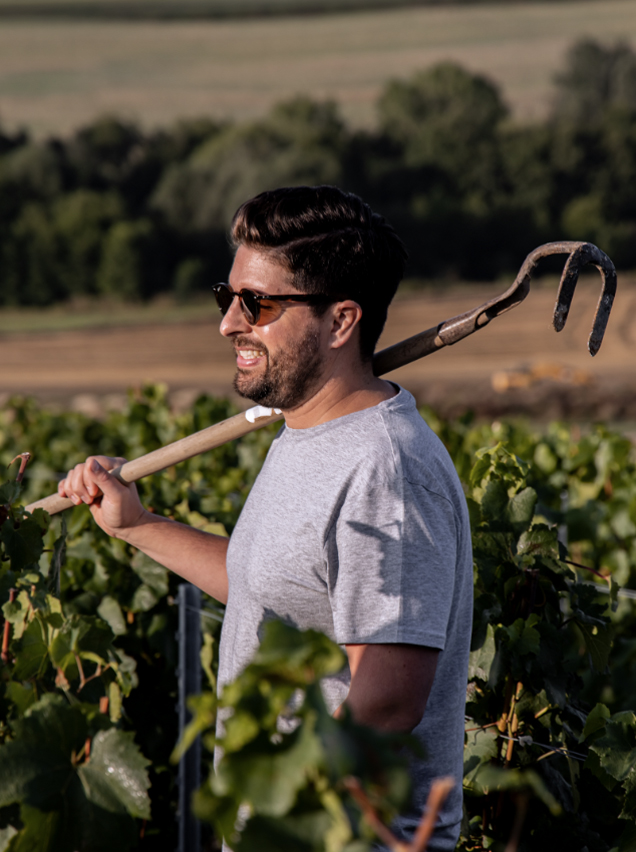
High Environmental
Value Viticulture
The Lasseaux family has decided to let nature take action in an environmentally friendly way.
By practicing grass growing throughout his vineyards, Baptiste follows in the footsteps of his father, who made the choice to reduce the treatments applied to the vines.
Over the years, the House has gradually turned to sustainable viticulture. While reducing costs and optimising the quality of the harvest are among the main motivations, reducing arduous an counter-productive work is also a determining factor. Selection of plants, review of pruning methods and cultivation practices by grape variety, acquisition of innovative equipment (weather station, hydraulic tractors) all participate in this increasingly qualitative approach.
Baptiste constantly listens to the land and in order to be able to check its pulse, it is absolutely necessary to be in the vineyards every day. A meteorological station helps to anticipate the most targeted treatments, with flexibility and responsiveness. And with a logic of a balanced use of localised products for maximum efficiency. It is this particular attention which will allow the vines to give the best of themselves.
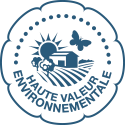


High Environmental
Value Viticulture
The Lasseaux family has decided to let nature take action in an environmentally friendly way.
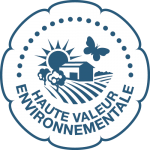

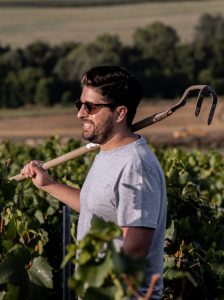
High Environmental
Value Viticulture
The Lasseaux family has decided to let nature take action in an environmentally friendly way.


By practicing grass growing throughout his vineyards, Baptiste follows in the footsteps of his father, who made the choice to reduce the treatments applied to the vines.
Over the years, the House has gradually turned to sustainable viticulture. While reducing costs and optimising the quality of the harvest are among the main motivations, reducing arduous an counter-productive work is also a determining factor. Selection of plants, review of pruning methods and cultivation practices by grape variety, acquisition of innovative equipment (weather station, hydraulic tractors) all participate in this increasingly qualitative approach.
Baptiste constantly listens to the land and in order to be able to check its pulse, it is absolutely necessary to be in the vineyards every day. A meteorological station helps to anticipate the most targeted treatments, with flexibility and responsiveness. And with a logic of a balanced use of localised products for maximum efficiency. It is this particular attention which will allow the vines to give the best of themselves.
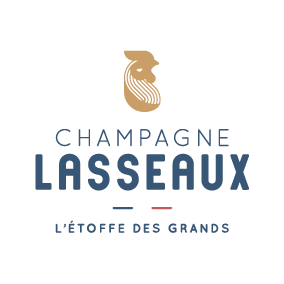
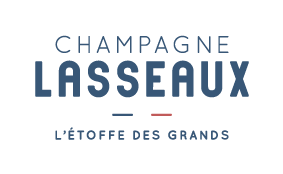
 EN
EN  FR
FR